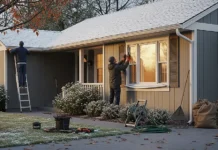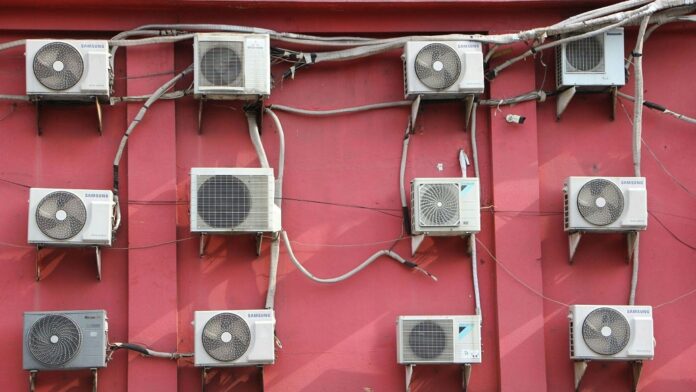When summer temperatures spike and your home turns into an oven, your air conditioner becomes more than a luxury—it’s your lifeline to comfort.
But while many homeowners rely on their AC daily, few think much about it until something goes wrong. That first moment of warm air blowing from the vent—or worse, silence when the system should kick on—usually comes at the worst time: during a heatwave.
That’s why regular maintenance matters. A well-maintained AC system doesn’t just cool more efficiently—it also lasts longer, costs less to run, and is less likely to break down when you need it most.
Why Maintenance Makes All the Difference
Preventive care for your AC might sound like a chore, but it’s one of the smartest ways to protect your home’s comfort and your budget.
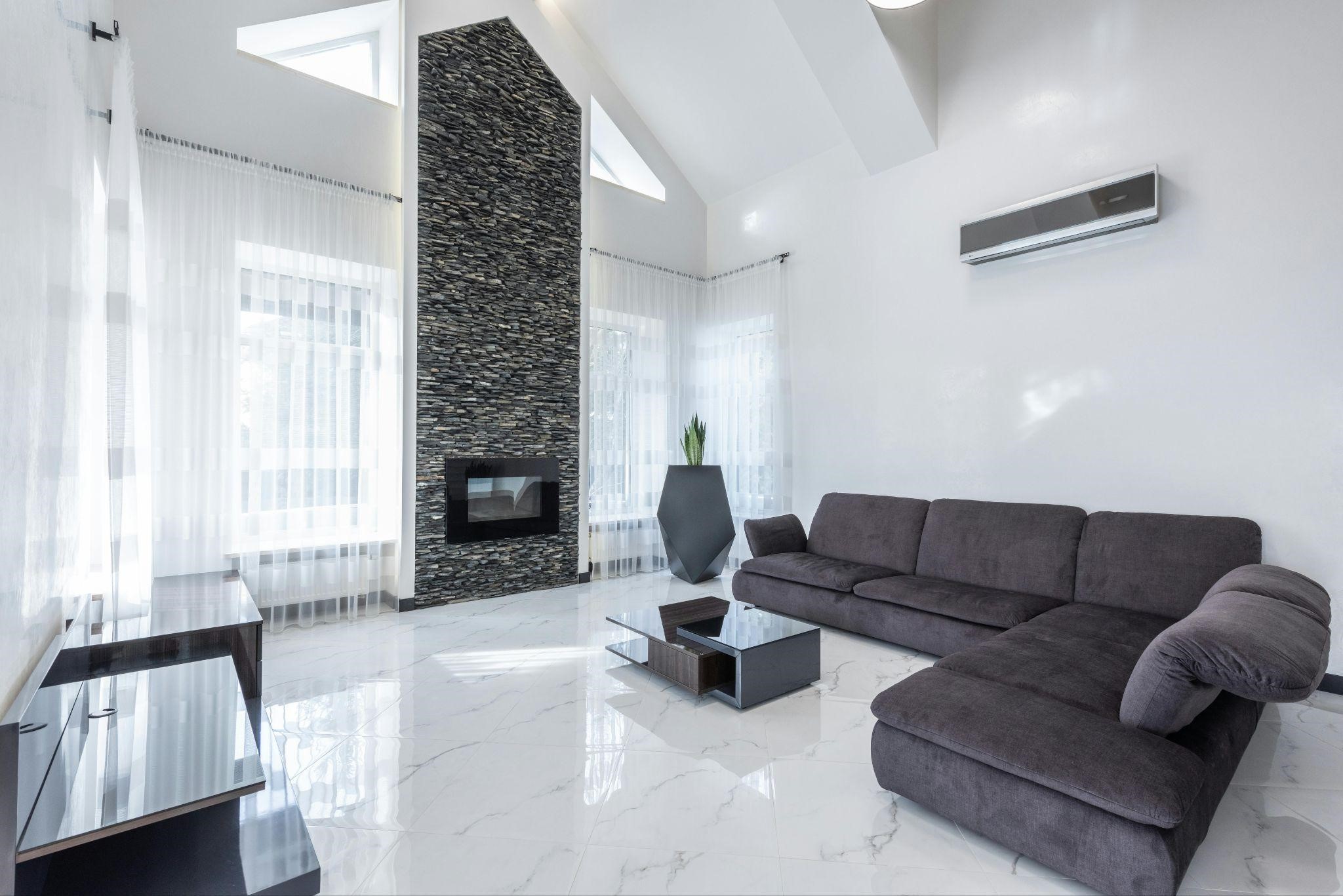
A neglected system has to work harder to push cool air, often using more electricity and wearing out parts faster.
That strain shows up in your energy bills—and eventually in your repair bills too.
The Small Stuff That Keeps It Running
Even something as simple as a clogged air filter can reduce your AC’s performance by up to 15%, all while circulating allergens and dust through your home. On the other hand, consistent upkeep keeps things humming with minimal effort and maximum payoff.
Replace or Clean Your Air Filter Regularly
Your air filter is the first line of defense in keeping both your indoor air clean and your AC system healthy. It traps dust, pet dander, pollen, and other particles that would otherwise clog your ducts or settle into the machinery.
A dirty filter restricts airflow, forces the system to overwork, and compromises your indoor air quality. Check it monthly, and replace or clean it every 1–3 months depending on the type of filter, number of pets, and general dust levels in your home.
Keep the Outdoor Unit Clear
The outdoor condenser unit needs breathing room. Leaves, grass clippings, and debris can get stuck in the fins and reduce efficiency.
Every few weeks, take a few minutes to clear away any obstructions and make sure there’s at least two feet of space around the unit. If the fins are caked with grime or bent, call in a pro to clean and straighten them.
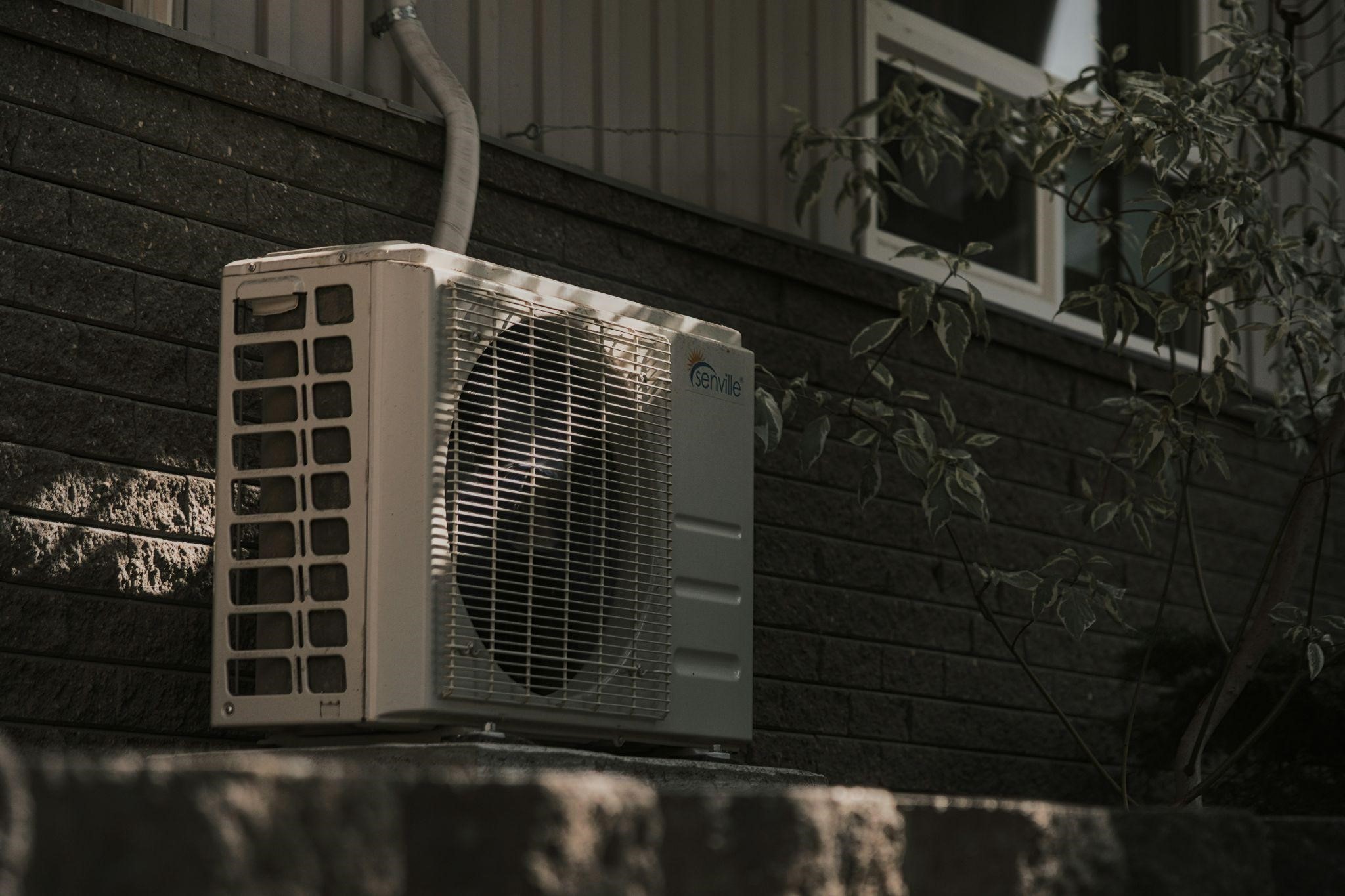
Keep Vents and Ducts Free of Blockage
Inside, make sure vents aren’t covered by furniture or curtains. Return air grilles should also be vacuumed occasionally to keep dust from accumulating. If your home has inconsistent temperatures, dusty air, or lingering odors, it might be time to look into a professional duct inspection or cleaning.
Schedule Professional Checkups Annually
Think of it like getting your car serviced before a road trip. A licensed technician can catch issues you’d never notice yourself—from low refrigerant levels and dirty coils to failing capacitors and miscalibrated thermostats.
Professional service typically includes checking the evaporator and condenser coils, cleaning internal components, measuring airflow, and ensuring the entire system is cycling properly.
Skipping this checkup might save a little now, but it could cost a lot later—especially if something fails during a heatwave.
Red Flags You Shouldn’t Ignore
Even if you’re keeping up with maintenance, keep an ear and eye out for early warning signs:
- Uneven Cooling: If one room is freezing and another is still warm, you could be dealing with blocked vents, dirty ducts, or a failing blower.
- Weird Noises or Smells: Grinding, buzzing, or burning smells usually signal something mechanical or electrical going wrong.
- Short Cycling: If your AC keeps turning on and off rapidly, that can wear out your compressor fast. Causes range from clogged filters to refrigerant issues.
- Skyrocketing Energy Bills: If you’re paying more to cool the same space, your system is likely working harder than it should—and that’s a sign something’s off.
Don’t Push It Harder Than Needed
One of the biggest mistakes people make in the summer? Overworking their AC.
- Install a Smart Thermostat: Program your system to run less when you’re not home. Smart models even learn your habits and adjust automatically.
- Use Blinds and Curtains: Blocking sunlight during peak hours reduces indoor heat gain, helping your AC run less often.
- Set Realistic Temps: Keeping your thermostat at 74–76°F instead of 68°F can reduce energy use without sacrificing comfort—especially if you use ceiling fans to circulate air.
Know When It’s Time to Upgrade
If your AC is 10–15 years old and needs frequent repairs, it may be more cost-effective to replace it. Today’s systems are significantly more energy-efficient and often come with smart features, quieter operation, and longer warranties.
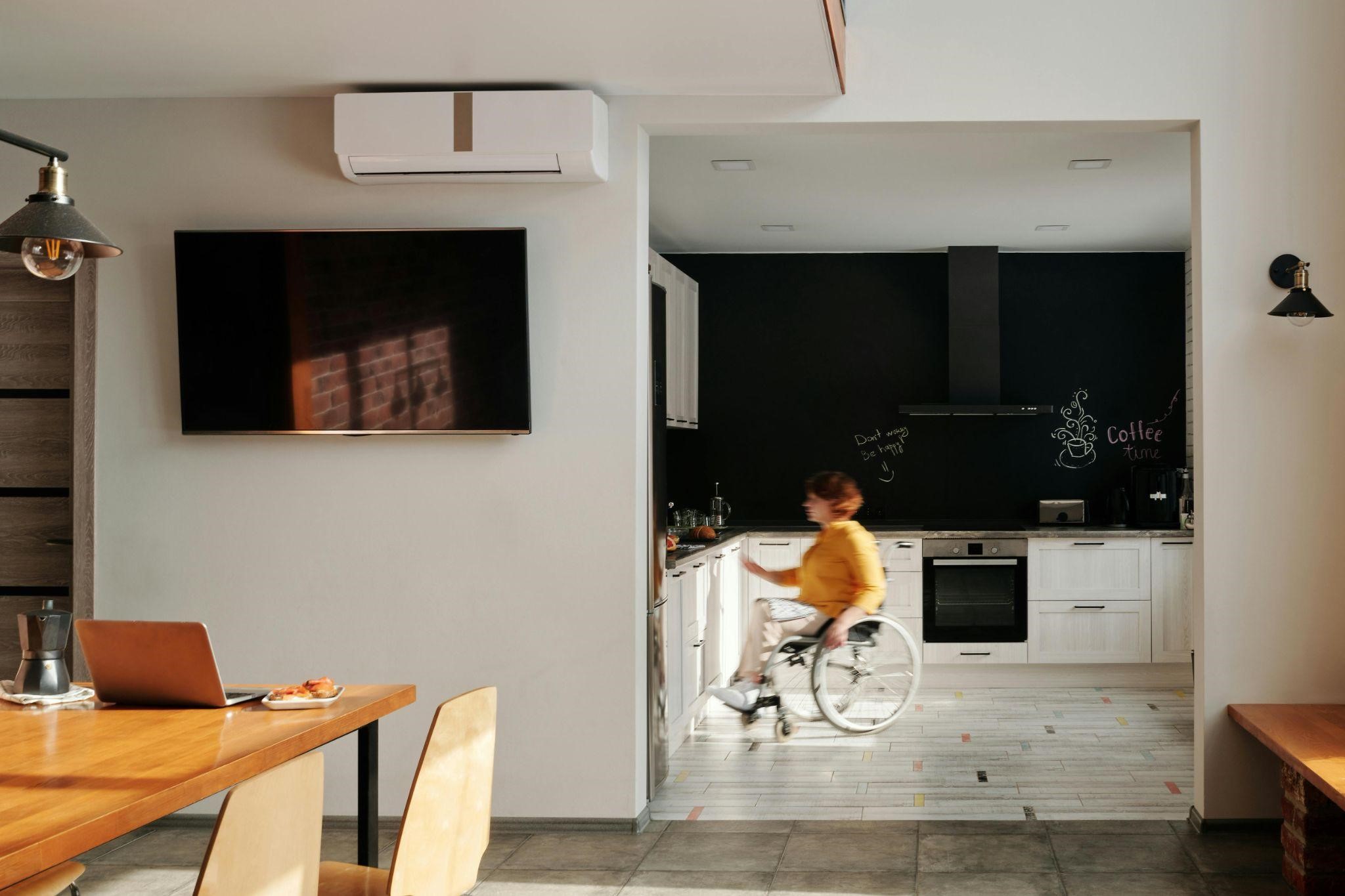
Also, if your energy bills are creeping up despite clean filters and routine maintenance, it might be time for something new. And remember: A new system can increase your home’s value—a bonus if you plan to sell in the near future.
Duct Cleaning and Proper Ventilation
Your AC isn’t the only part of the equation. If your ducts are clogged with dust or your ventilation setup is outdated, your system could be cooling inefficiently—or even spreading allergens.
A professional duct cleaning every few years improves air quality and helps maintain steady airflow. It’s especially worthwhile if you’ve done renovations, have pets, or notice a musty smell in your home. Consider sealing leaky ducts and adding return vents where airflow feels poor.
Think Beyond the Unit
Staying cool isn’t just about the AC itself. It’s about how your home supports it. Use window films to reduce UV heat gain, seal gaps in doors and windows, and invest in thermal curtains where the sun hits hardest.
These passive upgrades help maintain comfortable temperatures and reduce how often the AC kicks on.
Smart Cooling Is Sustainable Cooling
When your AC system works well, it doesn’t just keep you cool—it keeps your home healthier, your wallet happier, and your summer stress-free. Maintenance may not be glamorous, but it’s one of the most valuable things you can do for your comfort, your energy bill, and even your property’s long-term value.
And when you combine a strong system with smart habits and a home built for comfort, you don’t just survive the heat—you breeze right through it.



